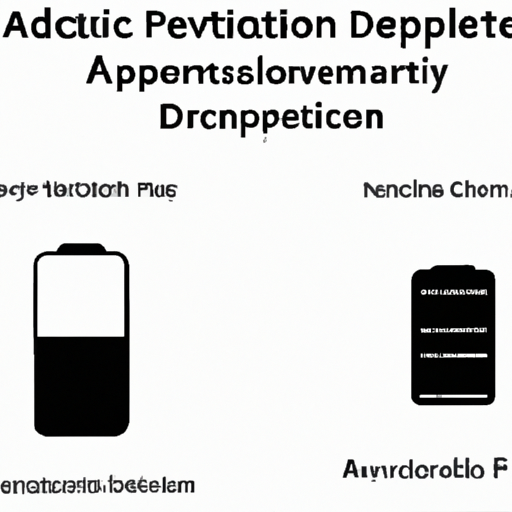Application Development in Non-Rechargeable (Primary) Batteries for 171: Key Technologies and Success Stories
When discussing application development in non-rechargeable (primary) batteries, particularly for the 171 size (commonly known as the LR44 or A76), it's essential to consider the key technologies, applications, and success stories that highlight their importance in various sectors.
Key Technologies
| 1. Alkaline Chemistry | |
| 2. Silver Oxide Chemistry | |
| 3. Zinc-Air Technology | |
| 4. Lithium Primary Batteries | |
| 5. Environmental Considerations | |
| 1. Consumer Electronics | |
| 2. Medical Devices | |
| 3. Security Systems | |
| 4. Automotive | |
| 5. Industrial Applications | |
| 1. Hearing Aids | |
| 2. Medical Devices | |
| 3. Consumer Electronics | |
| 4. Toys and Gadgets | |
| 5. Remote Controls | |
Applications
Success Stories
Conclusion

The development of non-rechargeable (primary) batteries, particularly the 171 size, has been propelled by advancements in battery chemistry and technology. Their applications span various industries, from consumer electronics to medical devices, highlighting their versatility and significance. Success stories in these sectors illustrate the critical role that primary batteries play in powering everyday devices, ensuring reliability, and enhancing user experience. As technology continues to evolve, the demand for efficient, long-lasting primary batteries is expected to grow, leading to further innovations and applications in the future.
Application Development in Non-Rechargeable (Primary) Batteries for 171: Key Technologies and Success Stories
When discussing application development in non-rechargeable (primary) batteries, particularly for the 171 size (commonly known as the LR44 or A76), it's essential to consider the key technologies, applications, and success stories that highlight their importance in various sectors.
Key Technologies
| 1. Alkaline Chemistry | |
| 2. Silver Oxide Chemistry | |
| 3. Zinc-Air Technology | |
| 4. Lithium Primary Batteries | |
| 5. Environmental Considerations | |
| 1. Consumer Electronics | |
| 2. Medical Devices | |
| 3. Security Systems | |
| 4. Automotive | |
| 5. Industrial Applications | |
| 1. Hearing Aids | |
| 2. Medical Devices | |
| 3. Consumer Electronics | |
| 4. Toys and Gadgets | |
| 5. Remote Controls | |
Applications
Success Stories
Conclusion

The development of non-rechargeable (primary) batteries, particularly the 171 size, has been propelled by advancements in battery chemistry and technology. Their applications span various industries, from consumer electronics to medical devices, highlighting their versatility and significance. Success stories in these sectors illustrate the critical role that primary batteries play in powering everyday devices, ensuring reliability, and enhancing user experience. As technology continues to evolve, the demand for efficient, long-lasting primary batteries is expected to grow, leading to further innovations and applications in the future.













